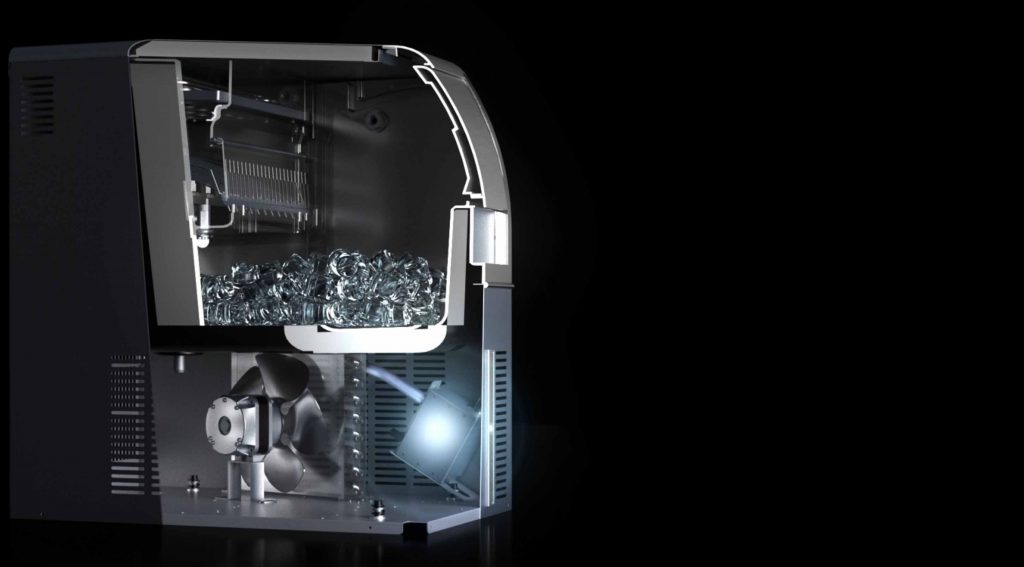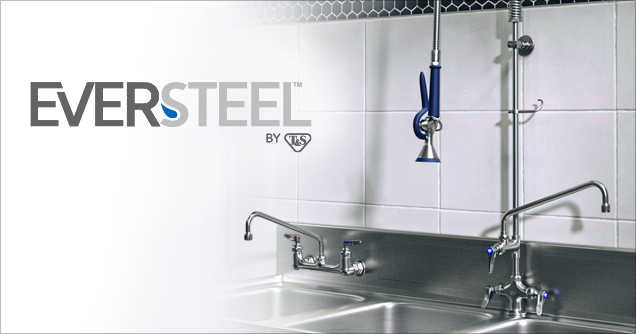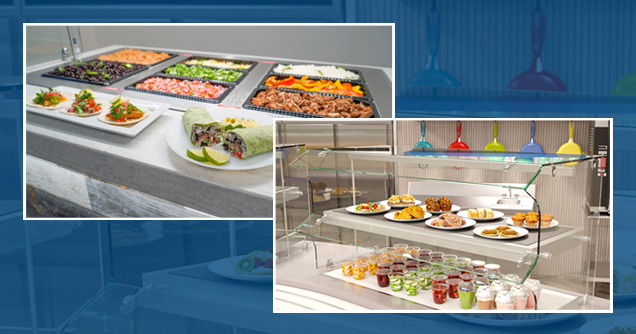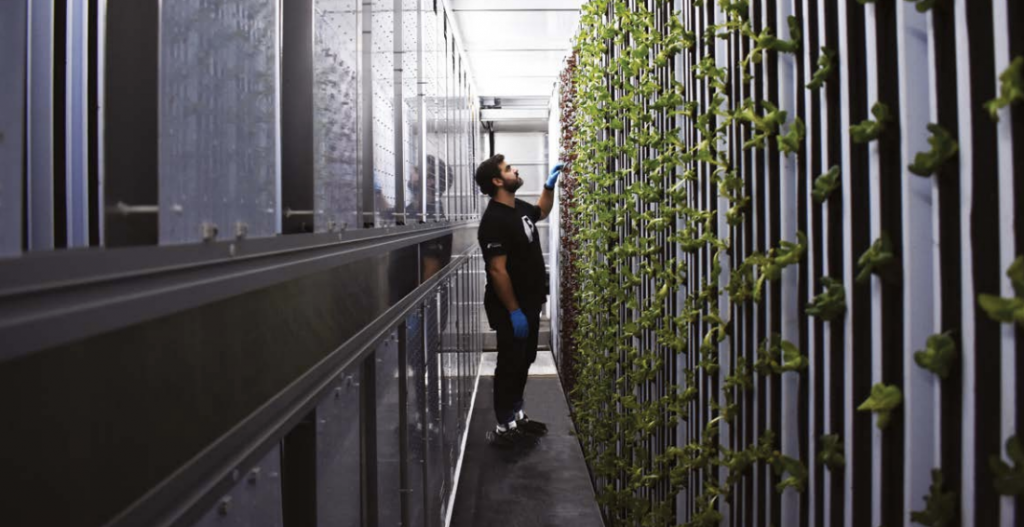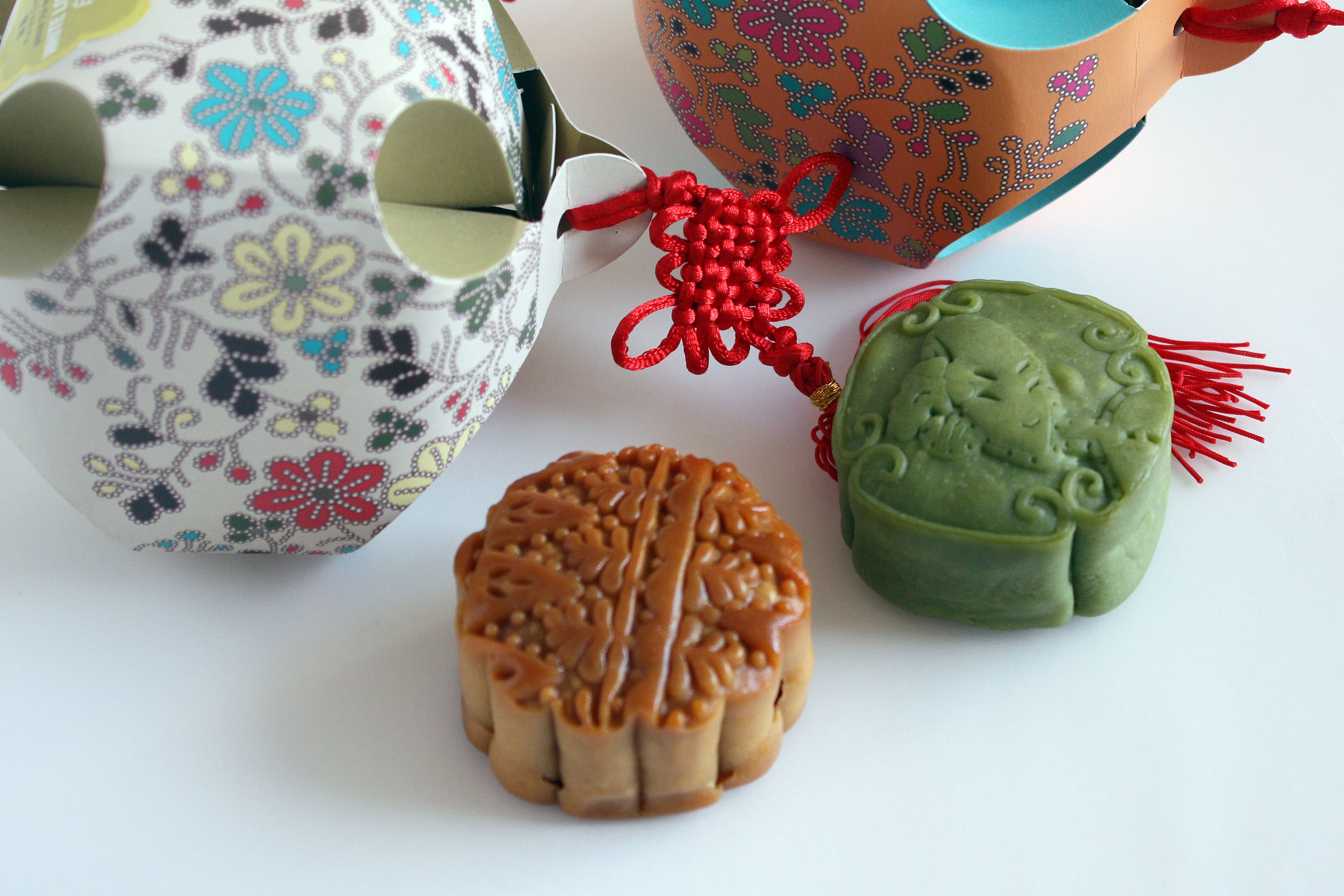
The mooncake: a small round pastry, traditionally filled with red-mung bean paste and duck egg, inlaid with intricate designs and coated in a glossy yolk sheen. These little cakes are the star of one of China’s biggest celebrations, the Mid-Autumn Festival, which commences on 4 October and is second only to Chinese New Year.
“Today, the festival is an occasion for outdoor reunions among family, friends and relatives to eat mooncakes and watch the moon, a symbol of harmony and unity,” explains Clara Ming Pi FCSI.
Despite the traditional role the pastries play, New York food blogger Kian Lam Kho has recognised the gradual commercialisation of mooncakes. Increasingly, hotels and big brands are utilising the cakes as marketing tools.
“This didn’t happen overnight,” explains Kho. “Because of the economic and commercial development happening in China and Asia, people are capitalising on this holiday.”
Commercial cakes
The past few years have seen mooncakes hit the big time; Häagen-Dazs and Starbucks are just a few global names that have taken advantage of the immense popularity the traditional dish can generate.
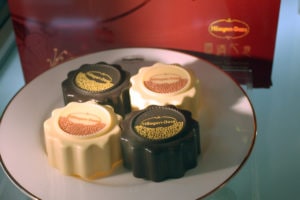 Pi emphasises the role that mooncakes play in business and social circles. “Today, it is customary for businessmen and families to present mooncakes to their clients or relatives, helping to fuel the demand for high-end mooncakes.”
Pi emphasises the role that mooncakes play in business and social circles. “Today, it is customary for businessmen and families to present mooncakes to their clients or relatives, helping to fuel the demand for high-end mooncakes.”
Kho pinpoints the versatility of the mooncake is the key to its success, with its ability to come in both savoury and sweet flavours. As a result of this flexibility, the mooncake has developed into a gourmet experience for many companies.
“High-end mooncakes are hot sellers are business gifts. A bestseller since 2012, Island Shangri-La’s signature Seven-Star Mooncake in Hong Kong returns again this year,” explains Pi. “This comes with a hefty price tag of HK$928 (that’s equivalent of US$118.60)!”
A healthy alternative
While commercialisation of the cake has been gradually increasing over the past few decades, the healthy trend is transforming the traditional dish at a rapid pace.
Shima Shimizu, chef at the Hong Kong raw food delivery service Foodcraft, is in the midst of her third year making healthy mooncakes. With traditional mooncake options often racking up to around the 1,000 calorie mark, Shimizu recognised the need for a healthy choice.
Using only six raw ingredients, including coconut and pineapple, Shimizu believes that these mooncakes are a result of an expat-driven movement to have healthier options available.
The push for a more nutritious mooncake reflects a larger movement in Hong Kong, according to Shimizu, who became a raw chef back in 2009. Since starting, Shimizu has noticed the shift towards eating healthier foods, and the need for food companies to switch to specific diets.
Clara Ming Pi also recognises the gap in the market for widespread healthy options, as well as a need to reduce waste reduced by the tradition of gift-giving during the festival. “As many as two million mooncakes are thrown away each year in Hong Kong alone, not to mention the often voluminous packaging. Hopefully less packaging and healthier formulations of mooncakes with emerge on the market soon.”
The Mid-Autumn Festival will begin from 4 October this year.
Emily Lewis
Pictures:
Main: A variety of mooncakes packaged in lantern shaped boxes from Purple Cane Tea Restaurant (Kian Lam Kho)

